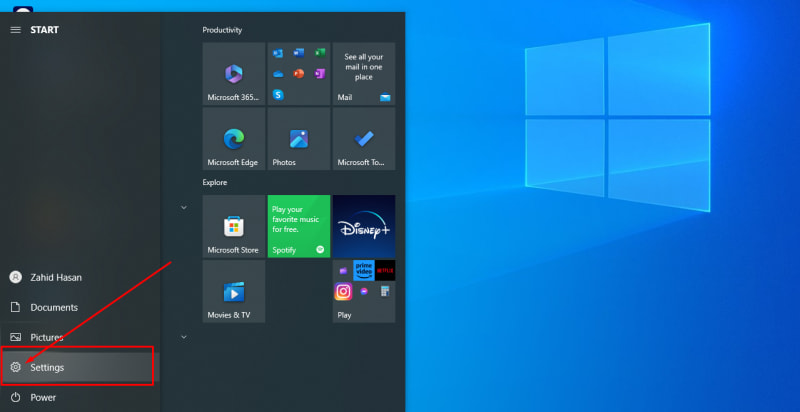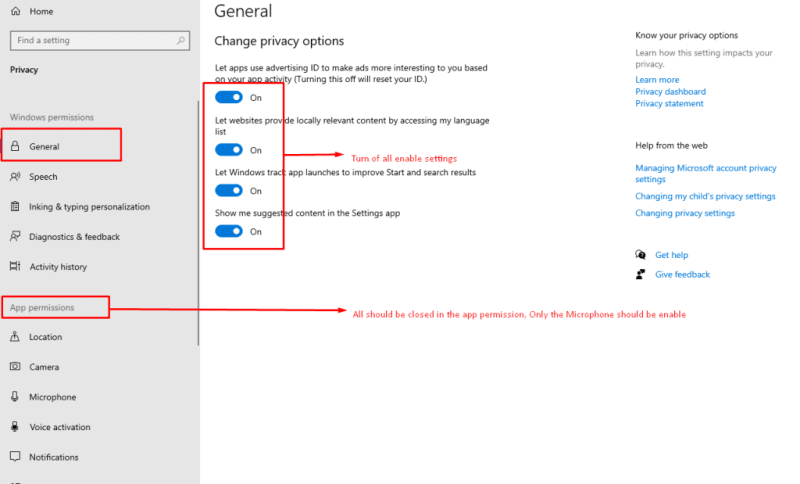A slow Windows computer can be frustrating, but there are several steps you can take to diagnose and potentially fix the issue. Here’s a step-by-step guide to help you speed up your Windows PC.
Check for Malware: Malware infections can significantly slow down your computer. Run a full system scan with a reputable antivirus program to remove any potential threats.
Update Windows: Ensure that your operating system is up to date. Windows updates often include performance improvements and bug fixes.
Update Drivers: Outdated or incompatible drivers can cause performance issues. Update your graphics card, sound card, and other hardware drivers to the latest versions available from the manufacturer’s website.
Check for Resource-Hungry Applications: Open the Task Manager (Ctrl+Shift+Esc or Ctrl+Alt+Delete > Task Manager) and see which applications and processes are using the most CPU and memory. If you find any resource-hungry applications, consider closing them or uninstalling them if they are not essential.
Manage Startup Programs: Too many startup programs can slow down your computer’s boot time. You can disable unnecessary startup programs by typing “msconfig” in the Windows search bar, going to the “Startup” tab, and unchecking the programs you don’t need at startup.
Clean up Disk Space: Use the built-in Disk Cleanup utility to remove temporary files, system cache, and unnecessary files from your hard drive. You can access it by typing “Disk Cleanup” in the Windows search bar.
After that, you will get these Windows settings…..
You need to click on the privacy Option over there and from the left side you have to select General.
If the above tips does not work for you don’t forget to complete the checklist below.
Defragment Your Hard Drive: If you’re using a traditional HDD (not an SSD), consider defragmenting your hard drive. Windows usually does this automatically, but you can manually initiate it by searching for “Defragment and Optimize Drives” in the Windows search bar.
Upgrade Hardware: If your computer is still slow after trying the above steps and you’re using older hardware, upgrading components like RAM or switching to an SSD can provide a significant speed boost.
Adjust Visual Effects: Windows has various visual effects that, when turned off or reduced, can improve performance. Right-click “This PC” or “My Computer,” select “Properties,” then click “Advanced system settings” and under the “Performance” section, click “Settings.” You can choose between visual effects or opt for “Adjust for best performance.”
Check for Background Processes: Some background processes and services can consume system resources. Check for unwanted or unnecessary services and disable them if not needed. Be cautious when modifying services, as some are essential for your system to run correctly.
Upgrade to a Newer Windows Version: Sometimes, upgrading to a newer version of Windows can provide better performance and compatibility with modern software.
Consider a Clean Install: If your PC is still slow despite trying everything else, consider performing a clean install of Windows. Backup your important data first and then reinstall Windows from scratch.
Regular Maintenance: Make it a habit to perform regular maintenance tasks, such as cleaning your computer physically, keeping software up to date, and running regular scans for malware.
If you’ve tried these steps and your Windows PC is still slow, it may be time to consult a professional or consider hardware upgrades for a more significant performance boost.






Top comments (0)